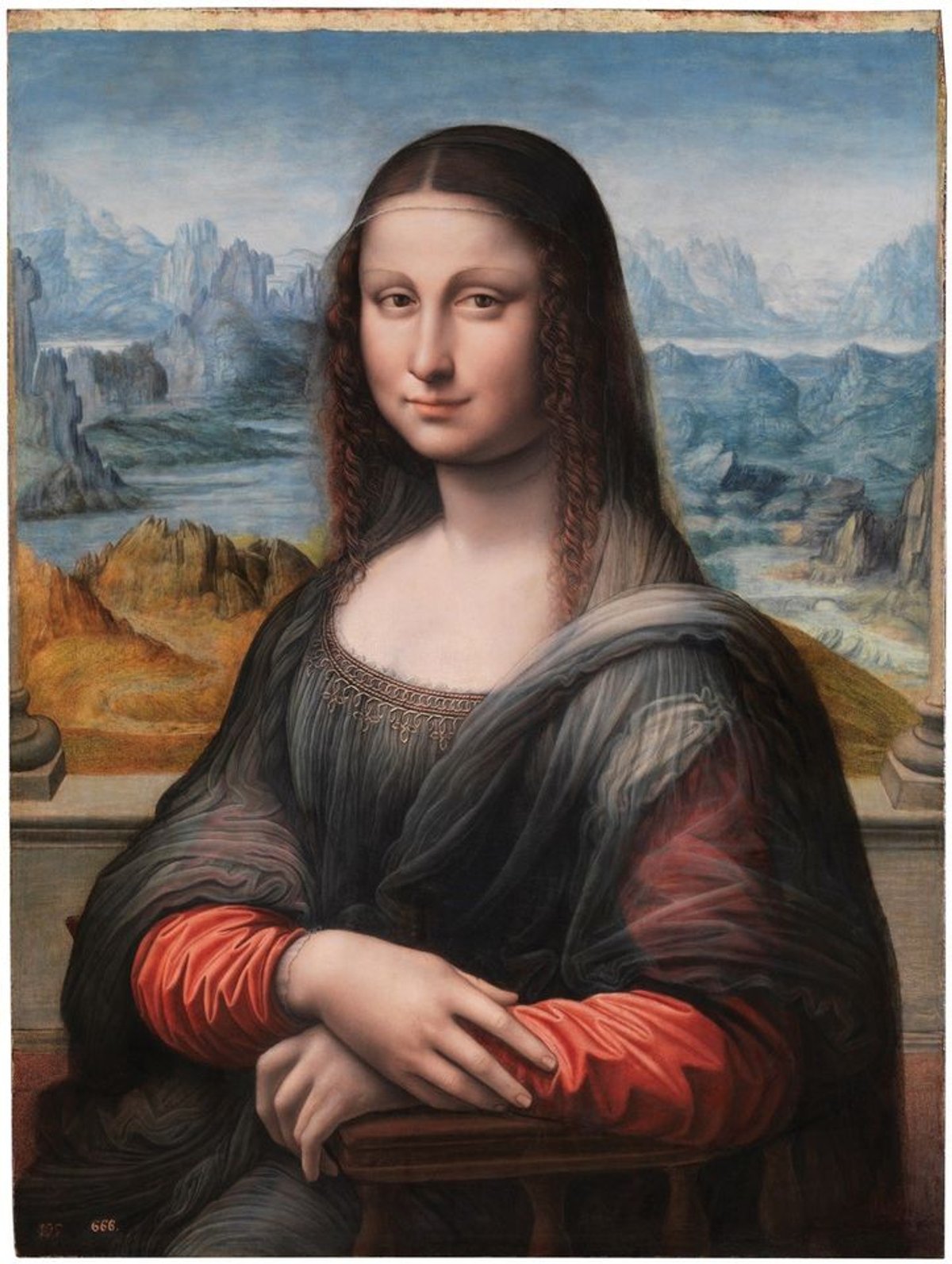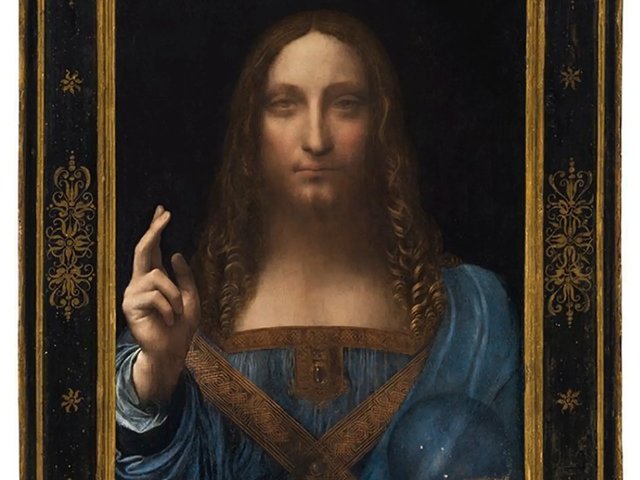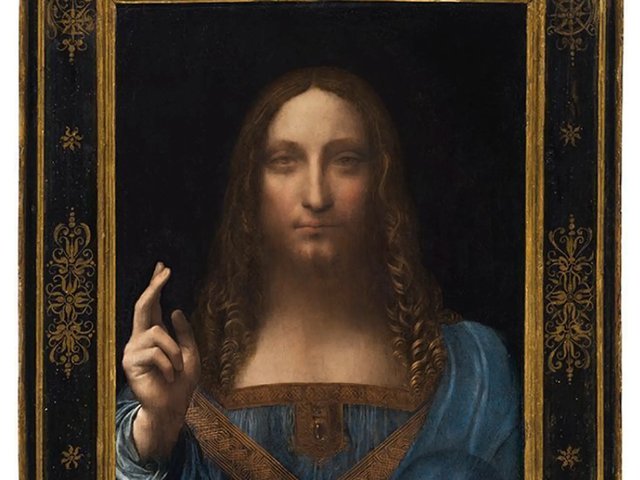An exhibition on the Museo del Prado’s version of the Mona Lisa opening today throws fresh light on Leonardo da Vinci’s original. Leonardo and the Copy of the Mona Lisa, which runs until 23 January at the Madrid museum, will be the first exhibition devoted to the Prado’s painting. In some respects its copy gives a better idea of the artist’s intentions than the original in the Musée du Louvre in Paris.
Although the Prado has previously attributed the copy to one of two named assistants in the master’s studio, the Leonardo specialist Martin Kemp, of Oxford University, is less enthusiastic about the Madrid picture. Kemp, who is not involved in the exhibition, says that “the Prado lady conveys a sense of charming anxiety rather than the spiritual knowingness of Leonardo’s Lisa”.
Until a decade ago the Prado painting was considered simply one of numerous early copies of the Mona Lisa. Conservators then confirmed that its black background was later overpaint, and beneath it lay a landscape.
The overpaint was removed and an exciting discovery was announced in 2012: the Louvre’s original and the Prado’s copy have similar underdrawings. This presumably means that they were painted side by side in Leonardo’s studio at the same time, rather than the Prado copy being made from the fully completed original.
Importantly, some parts of the copy’s composition are better preserved than in the original. These include the spindles of the chair, the frill on the edge of the fabric on the woman’s chest and the veil around her left arm. The colours of the Prado copy are considerably brighter and presumably closer to the original, since the Louvre picture is badly obscured by discoloured varnish. The copy also reflects the appearance of the woman’s lips, with the rosy hue noted by the early art historian Giorgio Vasari.
A key question is the dating of the Prado copy of the Mona Lisa. The gallery’s collection website currently gives it the same wide span as that of the Louvre’s original, from 1503 right up to Leonardo’s death in 1519. However, the exhibition now dates it slightly more narrowly to 1507-16.
The Prado’s website still states that its copy is by “one of Leonardo’s pupils, probably Andrea Salaì or Francesco Melzi”. Salaì originally joined Leonardo’s studio in 1490 and may have become his lover, with Melzi arriving in around 1506. Kemp questions these attributions: “Salaì’s one signed and dated painting has nothing in common with the Prado copy, and we have no reliable core of paintings certainly attributable to Melzi.” The Prado now seems to lean towards this view, since its press release issued yesterday does not mention either of these two studio members.
Most interestingly, the Prado now attributes the same unidentified studio hand to the painter who completed two other copies after Leonardo. These are the so-called Ganay version (1505-15) of the Salvator Mundi, now in a private collection, and the Saint Anne in the Hammer Museum, Los Angeles (1508-13).
The show also deals more widely with the role of lifetime copies of other compositions from the master’s studio. The Prado’s curators do not accept that either of the principle versions of The Madonna of the Yarnwinder (1501-10) are autograph works, but state that they are studio productions. The Buccleuch version is on loan to National Galleries of Scotland, Edinburgh, while the other is in a private collection. However, the Edinburgh gallery’s website still accepts the Buccleuch version as by the master. The debates over Leonardo attributions are far from over.
• Leonardo and the Copy of the Mona Lisa: New Approaches to the Artist’s Studio Practices, Museo del Prado, Madrid, until 23 January 2022




